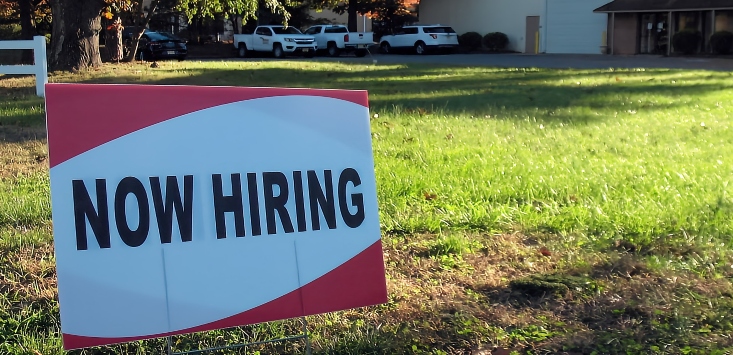
Source: Unsplash
Well, there it is. The RBA has done its job and our brief flirtation with ultra-low unemployment looks to be over. In January, unemployment lifted from 3.5% to 3.7%, and there’s a decent chance it’ll never drop that low again in our lifetimes.
There was also an enormous loss of full-time employment in January, with 43,300 fewer people working full-time (seasonally adjusted), and only 30,000 people newly working full-time. The unemployment rate would have risen even higher if not for a rise in part-time workers.
After you net off all the other comings and goings, the ranks of the unemployed grew on net by 21,900 people.
If you care about the well-being of workers, if you worry about power imbalances in the labour market, if you have ever voted Labor or belonged to a union, then low unemployment is your cup of tea. It means people not only are hired for jobs they’ve never had before, but they have bargaining power in those jobs.
It was also a period when the following occurred:
- People could work from home if they needed to — this resulted in female labour force participation in the 35-44 year age group rising from 79% pre-pandemic to 82% during the pandemic.
- Employers gave people a chance — young people’s unemployment went from double digits to around 7%.
- Casual workers weren’t getting underused — underemployment fell sharply, meaning people who wanted hours could mostly get them.
(DATA: ABS — @JASEMURPHY FOR CRIKEY)
But now this process has been thrown in reverse. We are told to expect unemployment to rise from here, hitting 4.1% by mid-2024 and continuing upward. As this golden moment fades, we bid adieu not only to the hope of strong wages growth but also to the hope for better conditions.
This is not to say the RBA is wrong to combat high inflation. Inflation is bad for workers, making savings and pay worth less. Everyone’s life is easier if inflation is lower and more predictable. The Reserve Bank should crush inflation. However, we need to remember the price we pay in doing so. The current era underlines how important it is to not let inflation get out of control in the first place.
This is why we have a central bank that is supposed to be vigilant — paranoid even — about preventing inflation. Because the cost of squishing it back down is rising unemployment, and that falls on the least powerful first.
Consider the unemployment rate for married men. This group tends to contain relatively healthy, prime-age people, and the effect of dicing up the labour market this way never ceases to astonish. The unemployment rate for married men has not been above 5% since the 1990s, and is currently just 1.6% — a number so low you almost never hear it in the context of speaking about unemployment.
(DATA: ABS — @JASEMURPHY FOR CRIKEY)
Unemployment in this group won’t budge much when the labour market weakens. It will be everyone else who absorbs the pain.
This article was first published by Crikey.
Handpicked for you

Your employees are eager to skill-up fast: here’s how to invest in their development



COMMENTS
SmartCompany is committed to hosting lively discussions. Help us keep the conversation useful, interesting and welcoming. We aim to publish comments quickly in the interest of promoting robust conversation, but we’re a small team and we deploy filters to protect against legal risk. Occasionally your comment may be held up while it is being reviewed, but we’re working as fast as we can to keep the conversation rolling.
The SmartCompany comment section is members-only content. Please subscribe to leave a comment.
The SmartCompany comment section is members-only content. Please login to leave a comment.